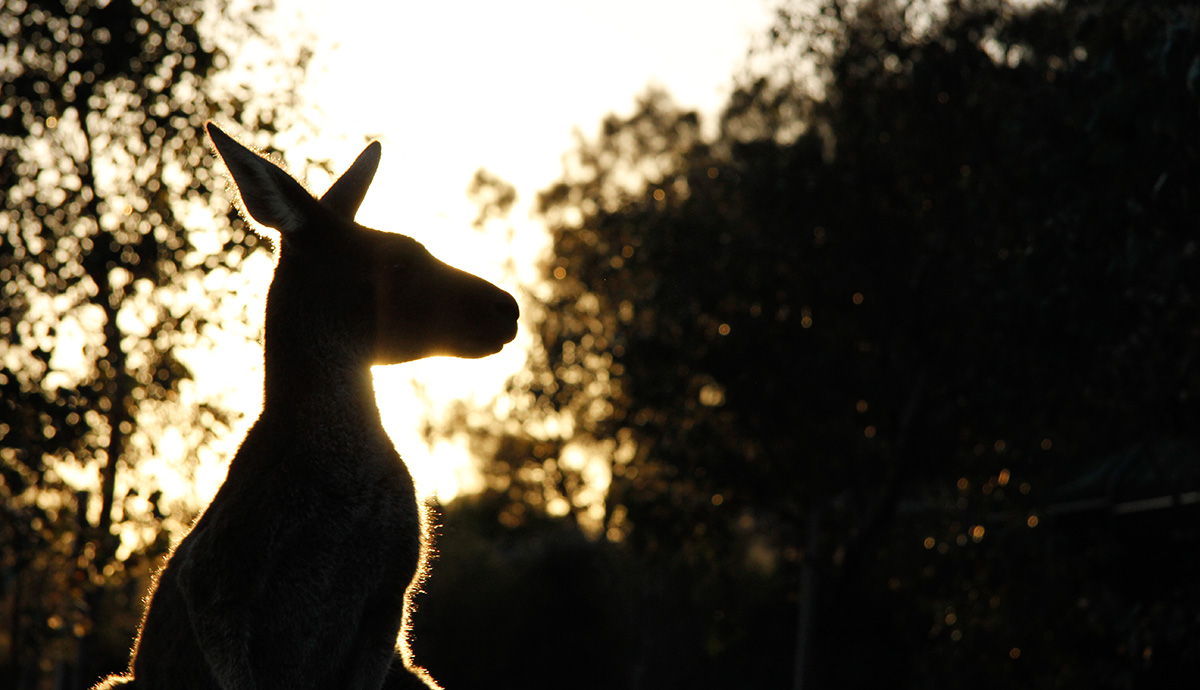November 5, 2015
Why kangaroos really emit such little methane
Researchers investigate methane emissions from Australia’s largest marsupials.
An Australian/Swiss team of scientists has presented the most robust research to date investigating methane emissions from Australia’s largest marsupials, the kangaroos. And their findings have turned previous research on its head.
There has long been debate about just how much methane kangaroos produce -- and now we know due to work led by Dr Adam Munn from the University of Wollongong’s Institute for Sustainable Ecosystem Solutions and Professor Marcus Clauss from the University of Zurich’s Clinic of Zoo Animals, Exotic Pets and Wildlife. The research was conducted by PhD student and veterinarian Catharina Vendl at the Fowlers Gap Arid Zone Research Station, University of New South Wales.
Their findings have just been published online in the influential scientific publication, The Journal of Experimental Biology.
“We knew that the kangaroos would produce little methane, but certainly not zero, and the question remained as to why,” Dr Munn said. Methane release into the atmosphere plays a significant role in the production of greenhouse gas emissions which is a critical factor leading to global warming.
“The main hypotheses behind kangaroos producing little methane have focussed on kangaroos having a unique microbiome that produces less methane, mainly from flatulence rather than burping like cows and sheep. But, without wanting to burst the bubble of the microbiologists, our findings suggest otherwise.”
The team measured an absolute methane output in kangaroos comparable to that of horses, when corrected for body weight.
“Kangaroos have a very different stomach from that of ruminants such as sheep and cows,” Professor Clauss said.
“We think that the methane is low because of the way food moves through the kangaroo stomach, and not because of a unique gut fauna.”
This conclusion is based on the finding that the amount of methane produced per ingested food varies even within kangaroos, depending on how much they eat. When fed restrictively, methane per unit food was nearly as high in some kangaroos as values in domestic ruminants.
Dr Munn and Professor Clauss are critical of efforts to try to reduce greenhouse gas emissions from ruminant livestock by replacing their gut fauna with that from kangaroos or other low-methane emitting animals, which they believe is unlikely to succeed.
The latest findings add to the team’s research into wildlife methane emissions that aims to understand rules of methane production in a comparative approach by testing many different species. So far, the team has measured methane from camels and llamas, rodents and rabbits, horses, ostriches, rheas and emus, sloths and kangaroos.
But Dr Munn said there was much to be done to really understand why many of these animals emit less methane than ruminants.
